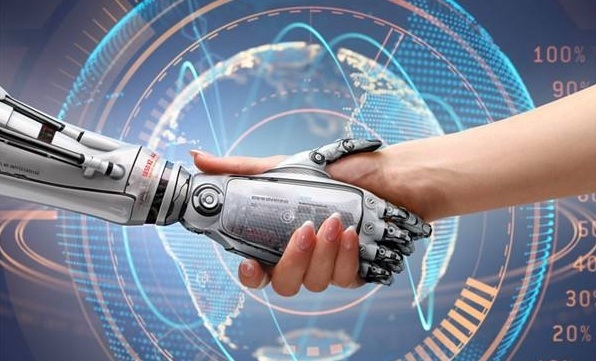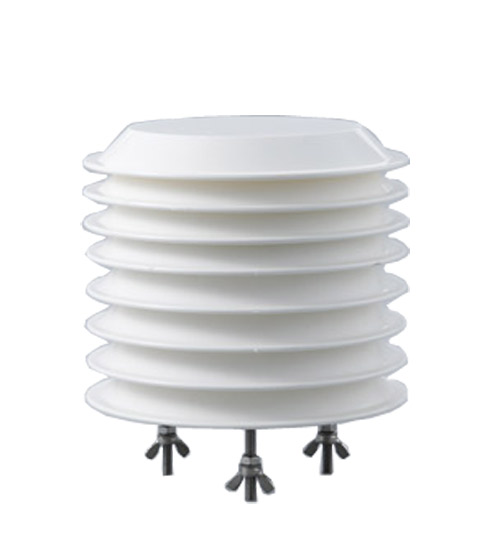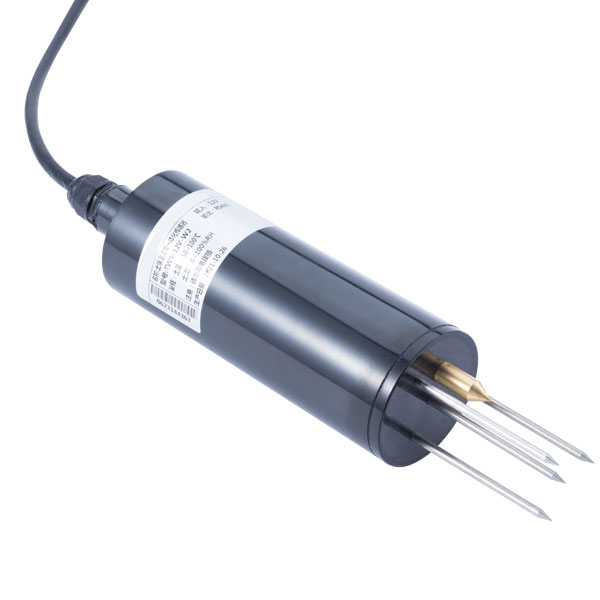

— Blogs —
—Products—
 Consumer hotline +8618073152920
Consumer hotline +8618073152920 WhatsApp:+8615367865107
Address:Room 102, District D, Houhu Industrial Park, Yuelu District, Changsha City, Hunan Province, China
Product knowledge
Time:2021-12-06 21:41:44 Popularity:885
The role of IoT sensors in Industry 4.0
Industry 4.0 has come a long way, and the journey to smart manufacturing continues, but what has really made a difference in recent years is the take-off of the Internet of Things (IoT) and the advent of artificial intelligence (AI) solutions.
Here, it is worth mentioning that in 2012, General Electric (General Electric) coined the term "Industrial Internet", which means intelligently connect a variety of industrial equipment to create monitoring, collection, exchange, analysis and provide valuable System of insights.
In the end, the concepts of Industry 4.0 and the Industrial Internet began to merge, and finally reached the Industrial IoT or IIoT.
Whether it is the so-called Industry 4.0 or the Industrial Internet of Things, its fundamental goal is to realize the fourth industrial revolution with the help of steam engines, conveyor belts and information technology (IT) with the help of cutting-edge electronic technology.
It will bring manufacturing and process automation to a whole new level. Tomorrow's factories will build connection systems including sensors, actuators and control systems, all of which are linked together through different types of networks through the Internet Protocol (IP).

Industry 4.0 marks a new level of digital transformation
Figure 1: Industry 4.0 marks a new level of digital transformation.
The integration of AI applications such as fault detection and classification has also promoted the development of Industry 4.0.
The combination of the Internet of Things and artificial intelligence technologies has changed the way engineers manage data, disseminate information and make real-time decisions in the production environment.
The use of machine learning algorithms and robot-based process processing can further save costs and man-hours, thereby further optimizing modern manufacturing.
The actual embodiment of Industry 4.0 can be seen at the General Electric factory in Schenectady, New York.
More than 10,000 sensors have been installed in the sodium-nickel battery manufacturing plant, distributed in 180,000 square feet of manufacturing space.
All these sensors are connected via high-speed Ethernet.
This brings us to one of the basic components of Industry 4.0 design: connected sensors.
Sensor internet
Sensors connected via wired or wireless links form the backbone of Industry 4.0 or IIoT systems.
The machine data sent from sensors to the cloud can optimize manufacturing, predict failures, arrange maintenance plans, and automatically replenish inventory.
The new function of sensors in the industry 4.0 field is the fusion of localization and communication to create an accurate indoor positioning system.
This allows factories to monitor tools and manage worker usage in real time to improve the efficiency, safety and quality control of the assembly line.
Prev:What is GPRS DTU?What is the principle of GPRS DTU?
Next:In the Internet of Things industry Ten key technologies for smart manufacturing
Sensors & Weather Stations Catalog
Agriculture Sensors and Weather Stations Catalog-NiuBoL.pdf
Weather Stations Catalog-NiuBoL.pdf
Related recommendations
Related products
 Atmospheric Temperature Humidity Pr···
Atmospheric Temperature Humidity Pr··· Soil Temperature Moisture Sensor 4-···
Soil Temperature Moisture Sensor 4-··· Air temperature, humidity and atmos···
Air temperature, humidity and atmos···
Screenshot, WhatsApp to identify the QR code
WhatsApp number:+8615367865107
(Click on WhatsApp to copy and add friends)